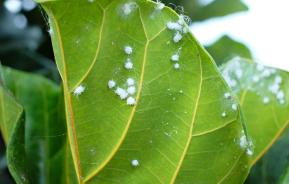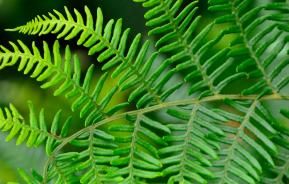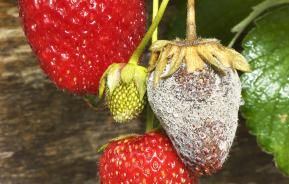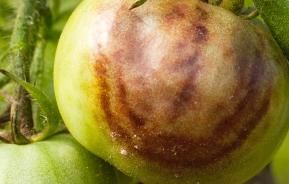Many grafted plants – including roses, ornamental trees and fruit trees – produce unwanted growth from the rootstock they are grafted onto. These suckers should be removed or they can spoil the overall growth of the plant.
Description
New stems grow directly from the rootstock, rather than of the named variety grafted on the top that produces the growth and flowers that are desired. If left unchecked, this growth has first called on the plant's sap, so can easily take over the whole plant. This will ruin the overall shape and display.
In the case of trees, such as flowering cherries (Prunus) or sumach (Rhus typhina), suckers can grow up in the lawn and flower beds several feet from the main plant.
Symptoms
In some cases, such as roses, the suckers can be thin stems that grow from the rootstock. These stems arise below where the named variety was grafted or budded (called the knuckle). With roses, they usually have different leaf patterning and colour from the named variety, as they are wild rose species.
Suckers often arise when the roots have been damaged, such as by careless hoeing or cutting surface roots growing under the lawn with the lawnmower.
Treatment and control
Don't be tempted to cut off the suckers. If you do, you will more than likely leave behind dormant buds that can then grow into further suckers. The more you cut, the more suckers you get!
Instead, carefully trace the shoot back to where it emerges from the root. Then gently pull off the sucker from the root and replace the soil.








